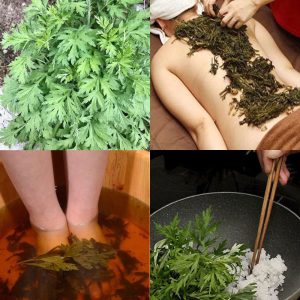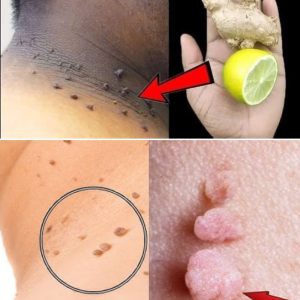Skin changes, including the appearance of new moles or changes in existing moles, can be concerning due to their potential association with skin cancer. It is crucial to monitor these changes closely, as early detection plays a significant role in the treatment and outcome of skin-related issues.
Understanding the warning signs and when to seek medical advice is essential for maintaining skin health and overall well-being. Read on to learn what distinctions might signal a need for professional evaluation and what steps you should consider if you encounter such changes.
Advertisement
Understanding Moles and Skin Changes:
1. Moles are common skin growths formed by pigment cells called melanocytes. Most people have between 10 to 40 moles, which can appear at birth or develop during childhood and early adult life.
2. Moles generally change slowly, becoming raised or changing color. Often, these changes are harmless, but certain evolutions can indicate melanoma, a serious form of skin cancer.
Signs to Watch For:
1. Asymmetry:
If one half of the mole does not match the other.
2. Border:
If the edges of the mole are irregular, blurred, or ragged.
3. Color:
If the color of the mole is not uniform and contains shades of tan, brown, black, blue, white, or red.
4. Diameter:
If the mole is larger than 6mm (about the size of a pencil eraser) or is growing in size.
5. Evolution:
Any change in size, shape, color, or elevation, or any new symptom such as bleeding, itching, or crusting.
When to Seek Medical Advice:
If your mole exhibits any of the changes mentioned above, it is important to consult with a healthcare professional, preferably a dermatologist. They can conduct a full examination and, if necessary, perform a biopsy to determine if the mole is benign or malignant.
Annual skin checks by a professional are recommended as a preventive measure, especially if you have a history of prolonged sun exposure, past sunburns, or a family history of skin cancer.
Advertisement
While a crusty mole might be benign, it is important to be vigilant about changes occurring in your skin. Monitoring moles and other skin lesions is a key component of your health routine. Don’t hesitate to consult with a healthcare provider if you notice anything unusual about your moles or if you have any concerns about potential skin changes. Early detection is crucial for effective treatment of skin cancers.





